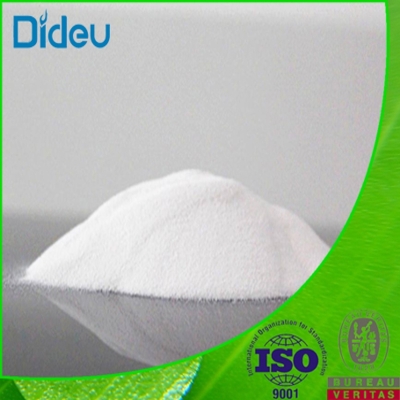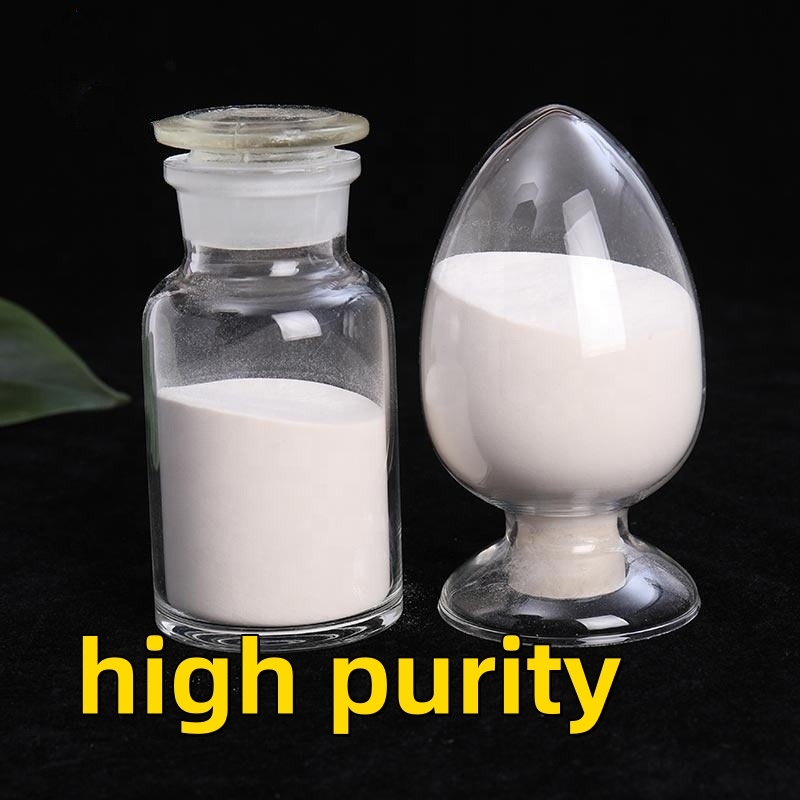-
Categories
-
Pharmaceutical Intermediates
-
Active Pharmaceutical Ingredients
-
Food Additives
- Industrial Coatings
- Agrochemicals
- Dyes and Pigments
- Surfactant
- Flavors and Fragrances
- Chemical Reagents
- Catalyst and Auxiliary
- Natural Products
- Inorganic Chemistry
-
Organic Chemistry
-
Biochemical Engineering
- Analytical Chemistry
-
Cosmetic Ingredient
- Water Treatment Chemical
-
Pharmaceutical Intermediates
Promotion
ECHEMI Mall
Wholesale
Weekly Price
Exhibition
News
-
Trade Service
The Tianjin Institute of Industrial Biotechnology of the Chinese Academy of Sciences has made an important breakthrough in the research of a hydrolytic enzyme specially used to decompose polyethylene terephthalate (PET) plastics, and will cultivate a new enzyme species that specializes in "eating" PET plastics in the future, and help solve the increasingly serious problem of
plastic waste pollution through biodegradation methods.
The results of the research have been published in the latest issue of
Nature Communications.
PET is an important source of white pollution, and the scientific community has long been looking for effective methods for
PET biodegradation.
The structural biology and protease research team led by researcher Guo Ruiting of Tianjin Institute of Industrial Biotechnology successfully analyzed the high-resolution structure of the new PET hydrolase using X-ray crystallography technology, and at the same time, the team also obtained the complex structure
of PET hydrolase and its substrate analogues.
Through the overall protein structure comparison, the researchers found that PET hydrolase is very similar to other PET decomposition enzymes previously reported, only the two structural characteristics of the active region are different
.
This study has deepened people's understanding of PET hydrolase and even enzymology, clarified the degradation mechanism of PET hydrolase, and is of great significance
for understanding the biodegradation process of PET plastics, accelerating the development and utilization of new enzymes for degrading PET, and realizing the industrial application of PET hydrolase as soon as possible.







